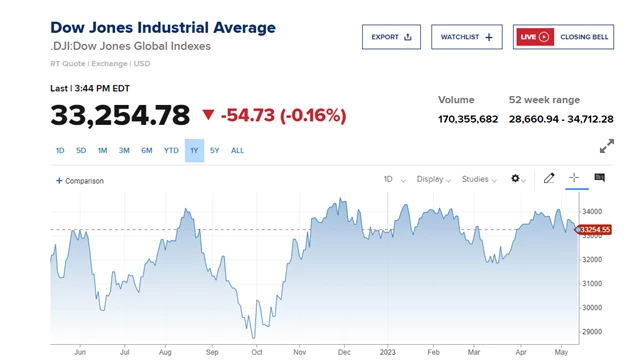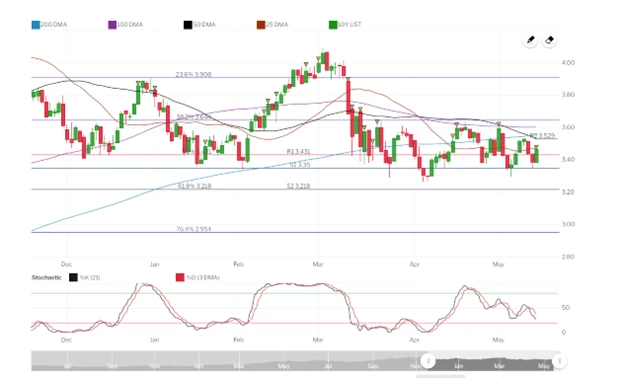

Clarifying Recent Changes to FHA, Fannie Mae and Freddie Mac
Changes to the biggest purchaser of mortgages has been coming fast and furious. I had some time to digest the changes and wanted to share some of it with you so you can differentiate reality from news headlines. Please feel free to share with your clients that have been asking about these topics.
FHA DID NOT roll out a 40-year mortgage. FHA rolled out an option for borrowers struggling to make current mortgage payments to modify and stretch the existing term out to 40 years. This can not be used for purchases and has virtually no impact on the housing market other than possibly saving a few houses coming back on the market in the form of a foreclosure.
The Biden Administration did not make changes to conventional pricing so that higher risk borrowers get better terms than lower risk borrowers…Sort of.
* This takes a bit more explaining. The POTUS appointed Sandra Thompson to the head of FHFA (Federal Housing Finance Agency) in June of 2022. FHFA regulates Fannie Mae and Freddie Mac and DID direct the agencies to make adjustments to the existing LLPAs in January 2023. LLPAs have always been in place but recently went through changes as a result of the directive.
An example of an LLPA is on investment properties. You all probably are aware that investment properties are more expensive? The actual LLPA on an investment property is 3.375 percent of the loan amount in fee. The rate is then increased to handle this cost or charged up front in the form of “points”. As an example, let’s say it’s a $300,000 loan. You would take $300,000 x 3.375% = $10,125. The borrower ends up paying an extra $10,125 in “points” to get the same rate as someone buying a primary residence. OR, we choose a higher interest rate so the fees aren’t as much. In normal times, we may have to increase the rate about .75% to absorb 3.375 points. So, if a rate for a primary residence buyer was 6.5%, that same buyer buying an investment property would be around 7.25%.
Before we dive into the changes it’s important to know the starting point. For someone putting 5% down with a 740 FICO score, the LLPA was .25 pts. This was the same pricing for 10% down, 15% down and 25% down. 20% down had always been .5 pts. Kind of goofy but 20% down was considered slightly more risky than say 5% down because conventional loans with 5% down had mortgage insurance to protect the lender from any losses. With 20% down there is no mortgage insurance to protect the lender from losses. When the buyer puts 25% down, that small adjustment goes away again.
The difference between a borrower with a 620 FICO and a 740 FICO was around 3 points. The new LLPAs closed the gap between someone with a 620 FICO and a 740 FICO. Now the gap is around 1.875 points, but in no way shape or form is someone with a lower FICO score getting a better rate than someone with a higher FICO score.
The LLPAs for putting more or less down is definitely a little goofy:
95% LTV= .5 pts
90% LTV= .75 pts
85% LTV= 1 pt
80% LTV= .875 pts
75% LTV= .375 pts
Not sure how they decided to charge more to borrowers putting more down. This could incentivize borrowers to put less down moving forward if there is no benefit to the price of the rate but there would still be mortgage insurance to factor in and I don’t think the spread would be worth paying monthly mortgage insurance. For a frame of reference .25 points on a $300,000 loan would be $750 in closing costs.
After a deeper dive, it gets goofier. When you layer the loan to value and fico score adjustments and compare old vs new you will notice some adjustments that really don’t make sense from a risk standpoint. Here are some comparisons that will add fuel to the fire of those not in favor of penalizing stronger borrowers to subsidize riskier borrowers:
640 FICO with 5% down = 1.875 pts. Vs. 680 FICO with 15% down = 1.875 pts. Same price?? I mean I guess at least the borrower with less down and lower FICO isn’t getting better pricing.
Prior to the changes, this would have had the borrower with a 640 FICO putting 5% down paying 2.75 pts and the borrower with the 680 FICO putting 15% down paying 1.5 pts. That said, very few borrowers will get approved with a 640 FICO putting 5% down on a conventional loan.
(Below LLPAs prior to changes)

(Below table illustrates the adjustments. This illustration is what I think many media outlets ran with. This Again, this illustrates the adjustments to the existing LLPAs but gives the appearance that someone putting 5% down with a 620 FICO is getting a better price than say someone with a 740 FICO score putting 20% down.)

In summary, yes there are definitely elements of safer borrowers subsidizing riskier borrowers, but it’s not quite as egregious as has been reported. Anyone may provide written input, feedback, and information on all aspects of the new RFI by Aug. 14. Comments may be submitted via FHFA’s website or mailed to the FHFA.
Financial Markets- Stocks
Not much happening in the stock market, at this point going back to November of 2022, the Dow hasn’t dipped below 32,000 or above 35,000, probably because not much has changed in inflation and unemployment, or the war in Eastern Europe.

Financial Markets- Bonds (Mortgage Rates)
In some of the more optimistic projections mortgage rates were expected to drift into the 5’s by now but that has not materialized just yet. It does appear that the Fed is nearing the end of its unprecedented rate hiking. Below is a screen shot of the 10 year US Treasury that is the instrument mortgage rates hug closely to. You can see that it has been fairly “choppy” as it drifts lower. I think we can expect that choppiness as it drifts down over time. Currently it is at 3.46%, you can see it was nearly ½% higher as recently as March. A significant drop in mortgage rates may not be what the real estate market needs anyway, with inventory as low as it is, lower mortgage rates would only exacerbate the inventory issue and drive prices higher, more on that below.

Southern Nevada Real Estate
What constitutes a “good” housing market, or a market that is “picking up”? If we are talking about home values, the market is in great shape. Values have stabilized, after the median priced home hovered around $425,000 for 4 straight months the median priced home actually went up $5,000 for the month of April. So you could say that from a value standpoint the market is “picking up”. However, if we are talking about the number of transactions, the market is far from “picking up”. Transactionally April witnessed 1,962 single family residence sales, down 17% where in most years April sales would show an increase from March. 511 condos and townhomes exchanged hands, down 11 percent from March and over 30% from April of 2022.
Inventory shrank further, with just about 3,700 single family residence homes for sale without offers, translating to less than 2 months of supply. It might be a good thing rates aren’t lower because if they were we might have 4 homes on the market.
Message me for free access to the following Realtor Tools! Take a look at Homebot! We can add your database to our Homebot account at no cost to you. Think of it like a 401k statement but for their home and it has over 80% open rate.
https://welcome.listreports.com/
https://www.rateplug.com/member/default.asp

